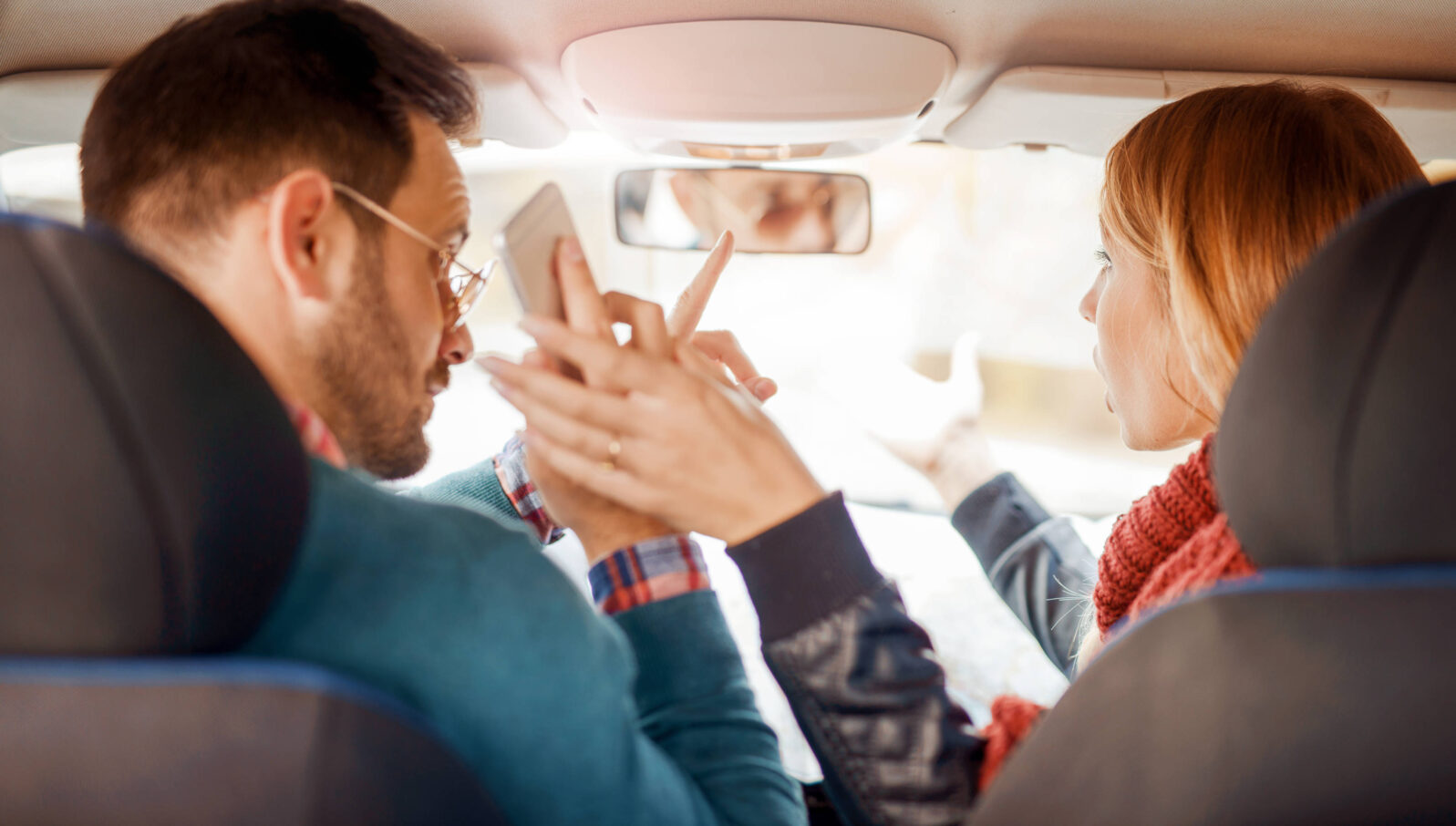Whatever Musk says, Don’t Watch Netflix in Your Tesla
He’ll only allow streaming while stopped until “full self-driving is approved by regulators”You can practically count on Elon Musk to make a bad thing worse. Just after we drew attention to research showing that systems such as Tesla’s Autopilot increase driver distraction and likely lead to poorer driving, Musk tweeted that Tesla’s will soon allow you to watch Netflix while the vehicle is stopped:
It’s no secret that Elon Musk can’t wait for a true self-driving Tesla car to hit the road. On Tuesday, the Tesla CEO touted an Autopilot software update that will allow drivers to stream Netflix and YouTube videos when a car is stopped—and promised to enable video streaming in moving cars “when full self-driving is approved by regulators.”
Sissi Sao, “Here’s How Close Tesla Is to Making True Self-Driving Cars a Reality” at Observer
When full self-driving is approved by regulators, we will enable video while moving— Elon Musk (@elonmusk) July 27, 2019
Okay. He protects Tesla by only allowing streaming while stopped and disallowing it while driving until “full self-driving is approved by regulators.”
But still?
All the data we have says that safe driving requires our full attention. How many times have you—or someone you know—almost started into an intersection because you thought the light had turned green in your favor? We’ve all done it. And it was only last-moment awareness that prevented an accident.
It is irresponsible to promote technology that reduces driver attention and, by doing so, increases the risk of accidents.
Musk and Tesla repeatedly say their cars are meant to make us safer. Really?
Many people have not yet got the message about distracted driving generally. Netflix and YouTube are now directly linked to distracted driving:
This data is available due to a unique study conducted by TrueMotion, and is one of the first collections of research that studied only data taken directly from cell phones (7,595 drivers and a combined driving distance of 4.8 million miles). Previous research mainly studied behavior that was self-reported.
The study revealed that Google Maps is the most commonly used application, followed by Pokemon Go, Android Messaging, Facebook, Youtube, Waze, Amazon Music, Chrome, Pandora, and finally Netflix.
Melissa Thompson, “Netflix and Youtube Linked to Distracted Driving” at The Sociable
Facebook too? While driving? Ted Gramer, TrueMotion CEO says distracted driving is “epidemic” in the United States.
If TrueMotion is right, this is hardly the time to encourage drivers to believe that someday soon, distraction will be okay. Distracted driving claims the lives of roughly nine people per day in the United States.
It’s true that drunk driving kills far more people (about 30 per day, says NHTSA) but at least everyone knows it’s wrong. People who are distracted by work issues, personal issues, or a distressing scene on Netflix may see themselves as victims of circumstance, not bad choices. Proponents of self-driving cars, which are in reality a long way off, should not encourage that tendency.
More by Brendan Dixon on inflated safety and self-driving cars:
Should Tesla’s autopilot feature be illegal?
True believer loses faith in fully self-driving cars Levandowski sees the future—and it is tech aids for safer driving
The real future of self-driving cars is — better human drivers! Manufacturers are improving safety by incorporating warning systems developed for self-driving cars into conventional models
and
Autopilot is not just another word for “asleep at the wheel” As a recent fatal accident in Florida shows, even sober, attentive drivers often put too much trust into Tesla’s Autopilot system, with disastrous results
Featured image: Whatever this is, it can wait/bobex73, Adobe Stock
